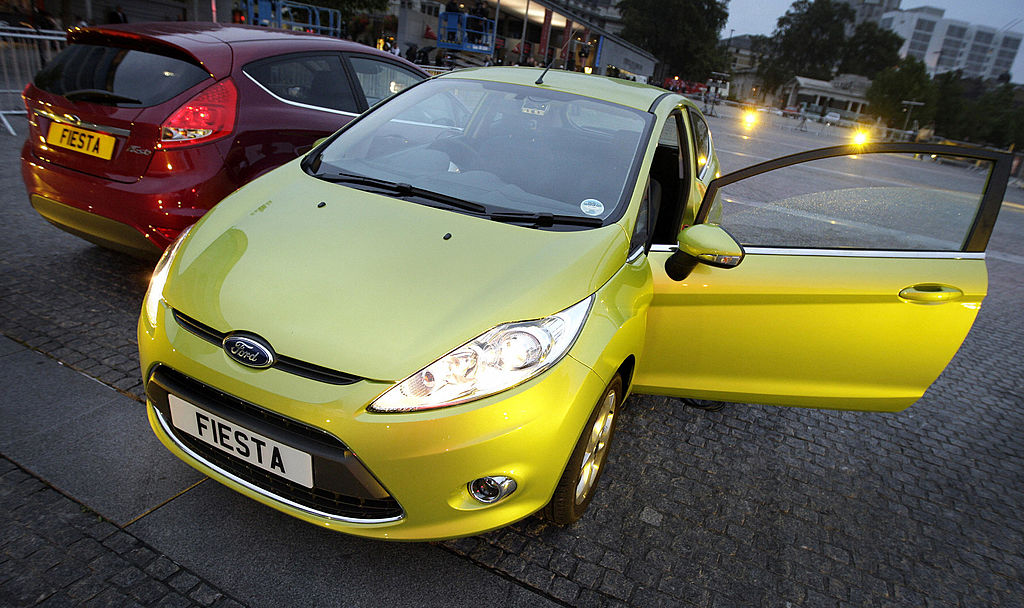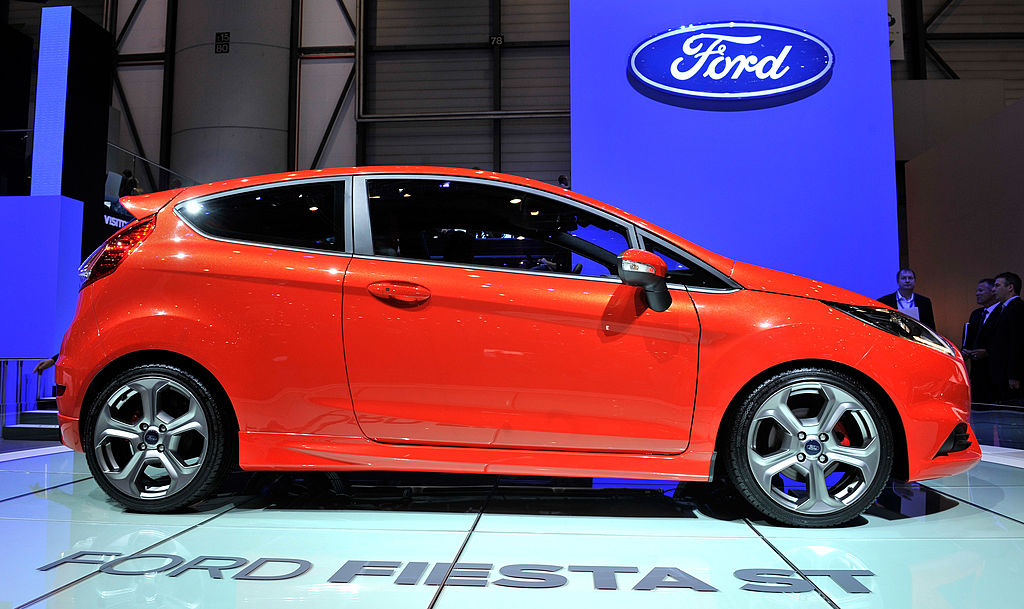
Ford’s Crazy Powershift Transmission Mess: What Were They Thinking?
In their search for better, cheaper, and cleaner approaches for new cars the auto manufacturers are always developing ideas into results. Sometimes failures are good because they lead to a better component or idea. But failures never make it into production. That is, except for Ford’s crazy 2011 Powershift automatic transmission for Fiesta and Focus sedans. What a mess. All you can say is, “What were they thinking?”
Ford’s bright idea was to make its automatic transmission more efficient. There is a loss of efficiency with fluidic coupling in automatics. Manual transmissions are much more efficient, but the obvious downside is they have to be manually shifted.
Ford’s crazy Powershift mess started with the decision to make it a dual-clutch transmission
Ford’s answer was to create a “dual-clutch transmission.” Just as the name implies it utilizes two separate clutches. When the car starts in first gear second gear is immediately pre-selected. When the second gear is needed the second clutch engages it while the first gear is slowly disengaged.
This maintains power to the rear wheels without the typical automatic transmission slowing down between shifts. While it was originally developed for supercars the technology was quickly picked up by many manufacturers as a more efficient transmission. So far, so good.

While most all of these dual-clutch transmissions are “wet clutch” meaning they are bathed in oil, Ford wanted even more efficiency. So it went with a “dry-clutch” system. This way power loss from pumping oil is eliminated. But dry-clutch transmissions run at higher temperatures which carry its own set of disadvantages.
Engineers had trouble calibrating the computer controls for the Powershift transmission
Dubbed “Powershift” Ford engineers immediately started seeing problems. Engineers had trouble calibrating the computer controls. The torque delivery varied from one launch from stop to the next. Sometimes the launch was fine, but other times the cars would lurch or the RPMs rose before the launch could be completed.
There could also be what engineers called “launch judder” where the car would vibrate while accelerating. Another issue was the transmission would at times go into neutral randomly. What was happening was a loss of communication within the software. Band-Aids were tried in the software to mask some of the clutch engagement issues. But the performance was far from “production-ready.”
The Powershift was scheduled to be ready for the launch of the 2011 Fiesta. Ford was more than aware of problems based on research done by the Detroit Free Press. Memos, emails, and meetings all pointed to issues that engineers could not overcome. Ford continued to try to fix the variety of Powershift ills even as Fiesta production began.
Almost immediately Ford and the National Highway Traffic Safety Administration started getting complaints. And Ford continued cranking out Fiestas while it readied the 2012 Focus which weighed 350-pounds more. It, too, would utilize the Powershift transmission.
Ford thought the transmission issues could be neutralized through warranty coverage
Ford’s take was that all of these issues customers complained about were not inherently dangerous. It thought the issues could be neutralized through warranty coverage at the dealer level. But repeated visits by frustrated owners to dealerships failed to correct the issues they were experiencing.

Some cars would lurch forward in parking lots, crashing into cars or stationary objects. On highways, a sudden loss of power resulted in numerous rear-end collisions. With this going on Ford cranked out millions of Focus and Fiesta sedans. With owner frustration and costs as dealers tried dealing with the avalanche of cars experiencing the same problems, a series of lawsuits hit all at once.
Ford was already reeling from what some estimate was almost $800 million in warranty costs
Once Fiesta and Focus sedans fell out of warranty Ford initially refused to extend them. Ford was already reeling from what some estimate was almost $800 million in warranty costs it was absorbing. Soon, Ford backed off and extended warranties but the damage to Ford’s reputation was mounting. Loyal Ford customers were selling their sedans vowing never to buy another Ford product.
Ford was developing the Powershift transmission at a time when it was bleeding billions of dollars. Whether that had anything to do with them plowing ahead into production we’ll never know. Why Ford’s quality assurance protocols hadn’t kicked in we also may never know. But whatever money it thought it would save by producing millions of compromised transmissions has now come back to haunt it.
It is estimated that $2-3 billion is not out of line. It is refunding or replacing affected Focus and Fiesta models due to the class-action lawsuit. What it lost in future sales is incalculable, but this has been a huge black eye for a company with the slogan “Quality is job #1.”



